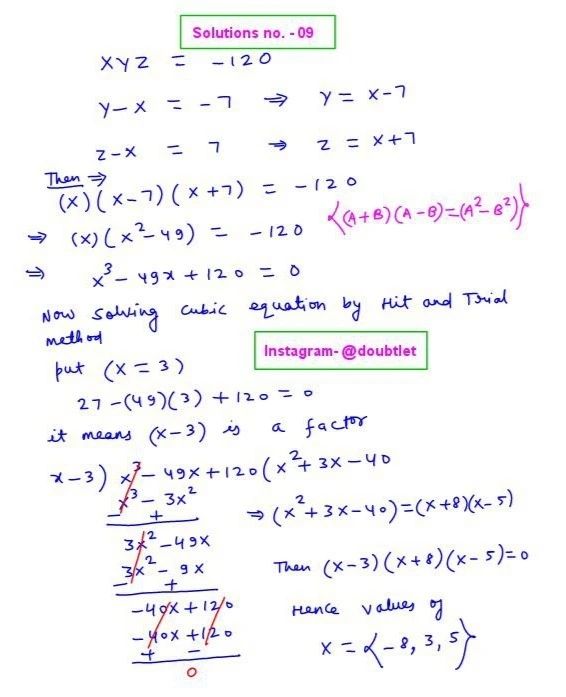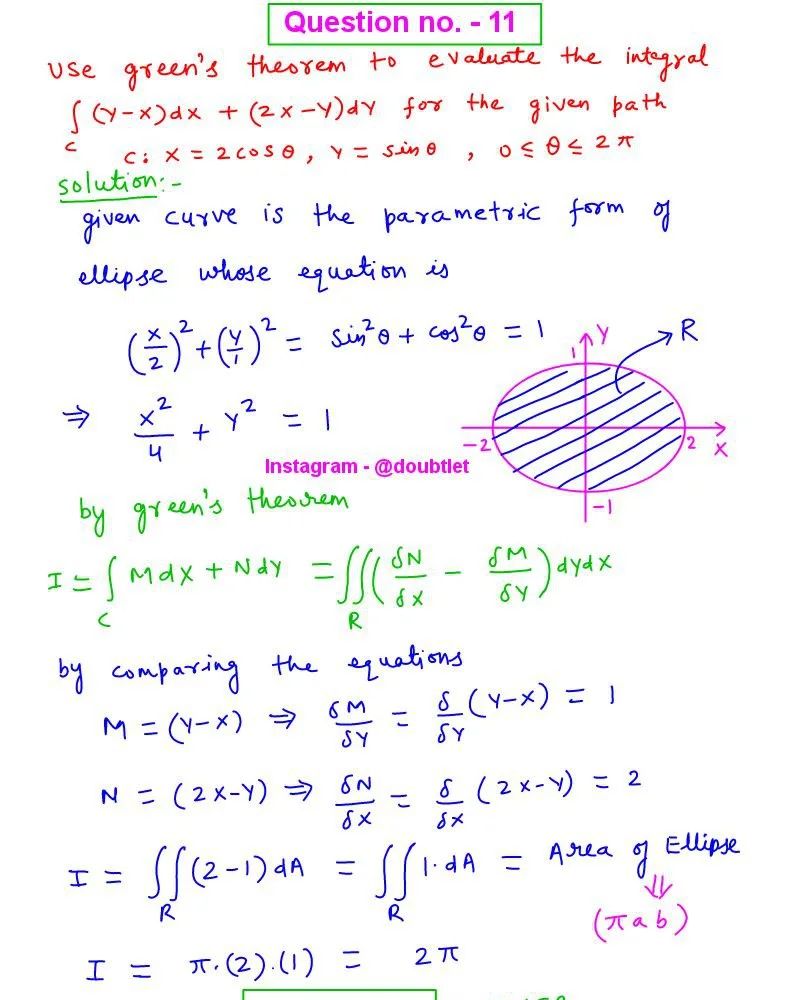









InterQuartile Range Calculator
This calculator will help you to obtain the InterQuartile Range of the given values with steps shown.Related Calculators:Five Number Summary CalculatorBox and Whisker Plot Calculator

Neetesh Kumar | December 09, 2024
Share this Page on:
![]()
![]()
![]()
![]()
![]()
- 1. Introduction to the Interquartile Range Calculator
- 2. What is the Formulae used
- 3. How do I find the Interquartile Range?
- 4. Why choose our Interquartile Range Calculator?
- 5. A Video for explaining this concept
- 6. How to use this calculator?
- 7. Solved Examples on Interquartile Range
- 8. Frequently Asked Questions (FAQs)
- 9. What are the real-life applications?
- 10. Conclusion
If you’re looking for a quick and efficient way to calculate the interquartile range (IQR) for a dataset, our InterQuartile Range Calculator is here to help! This powerful tool eliminates manual calculations and ensures accurate results, making it an essential resource for students, researchers, and professionals. Let’s dive into everything you need to know about the IQR and how our calculator makes your life easier.
1. Introduction to the Interquartile Range Calculator
The interquartile range (IQR) measures the spread of the middle 50% of a dataset. It helps identify variability while minimizing the impact of outliers. Our InterQuartile Range Calculator takes your dataset and calculates the IQR in just a few clicks, saving you time and effort.
2. What is the Formulae used?
The IQR is calculated as the difference between the third quartile () and the first quartile ():
Where:
- : The first quartile (25th percentile)
- : The third quartile (75th percentile)
This formula highlights the range of the middle 50% of values in your dataset.
3. How do I find the Interquartile Range?
Here’s how you calculate the IQR manually:
- Arrange the dataset in ascending order.
- Find the median (50th percentile) to divide the dataset into two halves.
- Identify the first quartile (), which is the median of the lower half.
- Identify the third quartile (), which is the median of the upper half.
- Subtract from to get the IQR.
This process becomes tedious for large datasets, which is why our calculator is so helpful!
Our calculator handles these steps automatically, saving you time and effort.
4. Why choose our Interquartile Range Calculator?
Our calculator page provides a user-friendly interface that makes it accessible to both students and professionals. You can quickly input your square matrix and obtain the matrix of minors within a fraction of a second.
Our calculator saves you valuable time and effort. You no longer need to manually calculate each cofactor, making complex matrix operations more efficient.
Our calculator ensures accurate results by performing calculations based on established mathematical formulas and algorithms. It eliminates the possibility of human error associated with manual calculations.
Our calculator can handle all input values like integers, fractions, or any real number.
Alongside this calculator, our website offers additional calculators related to Pre-algebra, Algebra, Precalculus, Calculus, Coordinate geometry, Linear algebra, Chemistry, Physics, and various algebraic operations. These calculators can further enhance your understanding and proficiency.
5. A video based on how to Evaluate the Interquartile Range.
6. How to use this calculator
Using the InterQuartile Range Calculator is simple:
- Enter your dataset values, separated by commas.
- Click the "Calculate" button.
- View the IQR result along with step-by-step calculations.
The tool is user-friendly, making it accessible for everyone.
7. Solved Examples on Interquartile Range Calculation
Example 1:
Find the IQR for the dataset .
Solution:
- Arrange the data:
- Median:
- Lower half: ,
- Upper half: ,
- IQR:
The IQR is .
8. Frequently Asked Questions (FAQs)
Q1. What is the interquartile range used for?
The IQR measures the spread of the middle 50% of a dataset, making it useful for identifying variability and detecting outliers.
Q2. What is the difference between range and interquartile range?
The range considers the entire dataset (), while the IQR focuses on the middle 50% of the data ().
Q3. Does the IQR account for outliers?
Yes, the IQR reduces the impact of outliers by focusing only on the middle 50% of the dataset.
Q4. Can I use the calculator for grouped data?
Currently, the calculator is designed for ungrouped data. Support for grouped data is under development.
Q5. Why is the IQR more robust than the range?
The IQR is less sensitive to extreme values, making it a better measure of spread for datasets with outliers.
Q6. How do I handle datasets with an odd number of values?
For odd datasets, exclude the median when dividing the data into two halves to calculate and .
Q7. Can the IQR be negative?
No, the IQR is always non-negative because is always greater than or equal to .
Q8. Is this calculator free to use?
Yes, our InterQuartile Range Calculator is completely free and available online.
9. What are the real-life applications?
The Interquartile range calculation is widely used in:
- Finance: Analyzing stock prices and investment returns.
- Healthcare: Studying patient recovery times.
- Education: Assessing student performance distributions.
- Business: Understanding sales data or customer spending habits.
It is a powerful metric for identifying trends and making informed decisions.
10. Conclusion
The interquartile range is a crucial statistical measure that highlights the variability of a dataset while reducing the impact of outliers. Our InterQuartile Range Calculator for a Given Set of Values provides a fast and accurate way to calculate the IQR, making it a valuable tool for students, researchers, and professionals. Try it now and simplify your data analysis tasks!
If you have any suggestions regarding the improvement of the content of this page, please write to me at My Official Email Address: doubt@doubtlet.com
Are you Stuck on homework, assignments, projects, quizzes, labs, midterms, or exams?
To get connected to our tutors in real time. Sign up and get registered with us.
Arithmetic Mean(Average) Calculator
Geometric Mean Calculator
Harmonic Mean Calculator
Median calculator
Mode Calculator
Lower Quartile Calculator
Percentile Calculator
Comments(0)













Leave a comment